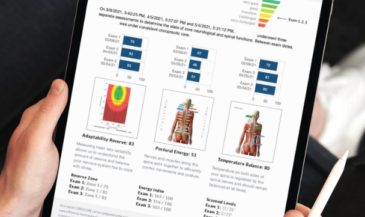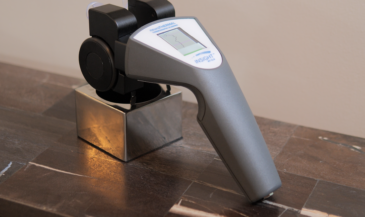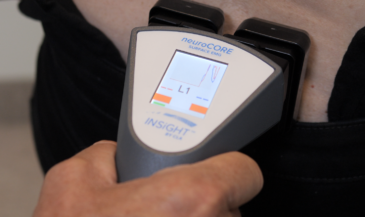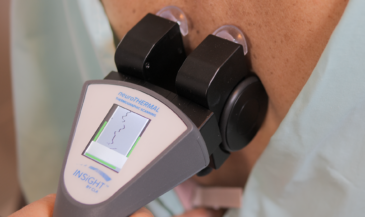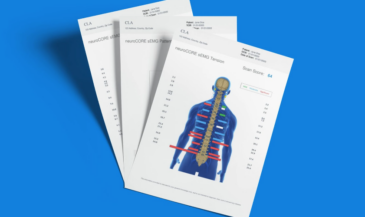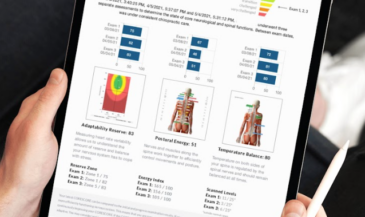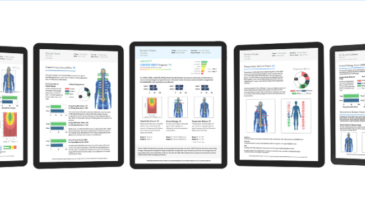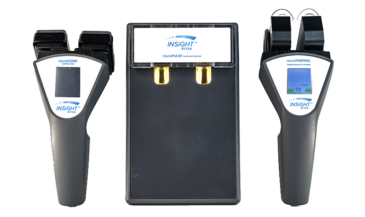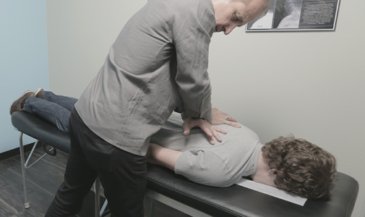As chiropractors, we’re all familiar with vertebral subluxations—misalignments in the spine that interfere with nerve communication. But subluxations are more than just structural misalignments, they’re functional adaptations that reflect how the body responds to stress. By understanding the deeper role of subluxations, you can elevate your care, improve outcomes, and provide long-term health benefits to your patients.
What Is a Vertebral Subluxation?
A vertebral subluxation is more than just a misaligned vertebra. It’s the body’s response to stress—physical, emotional, or biochemical. When the body faces challenges, it adapts by altering its structure to protect function. Subluxations are part of this adaptation.
These misalignments can interfere with nervous system function, disrupting the communication between the brain and spinal cord and the rest of the body. Left unaddressed, they can lead to chronic stress, poor adaptability, and reduced overall health.
How Subluxations Impact Nervous System Function
The nervous system relies on clear communication pathways to regulate the body. Subluxations disrupt these pathways by creating tension, inflammation, and interference.
This can result in:
- Reduced nerve flow to organs and tissues.
- Impaired coordination of movement and posture.
- Chronic stress responses in the autonomic nervous system.
By addressing subluxations, chiropractors restore the flow of information in the nervous system, helping the body heal and function optimally.
Why the Nervous System Adapts Through Subluxations
Subluxations are not random. They’re the body’s way of adapting to external and internal stressors. Whether it’s a poor posture, an injury, or prolonged emotional stress, the nervous system directs structural changes to preserve essential functions.
This means subluxations are often a sign of deeper issues. They show where the body is compensating for imbalances. By identifying and addressing these compensations, chiropractors support the body’s natural healing processes.
When a subluxation occurs, it creates interference within the central nervous system (CNS). This can lead to:
- Altered muscle tone and tension.
- Inflammatory responses along the spine.
- Impaired communication between the brain and body.
Addressing subluxations helps restore CNS function, allowing the body to operate more efficiently and adapt to stress more effectively.
How Subluxations Affect the Autonomic Nervous System
The autonomic nervous system controls involuntary processes like heart rate, digestion, and immune response. Subluxations can disrupt the balance between the sympathetic (fight or flight) and parasympathetic (rest and digest) branches of this system.
When subluxations cause prolonged stress, patients may experience:
- Anxiety or heightened stress responses.
- Poor sleep or digestion.
- Reduced ability to recover from illness or injury.
Chiropractic care can rebalance the autonomic nervous system by removing subluxations and improving nerve function.
Using Scanning Technology to Detect Subluxations
Identifying subluxations isn’t always easy. They don’t always present as pain or visible misalignment. This is where scanning technology becomes a critical tool.
Tools like INSiGHT scanning technology measure:
- Muscle activity with EMG scans.
- Temperature variations with thermal scans.
- Adaptability with HRV scans.
These scans provide data-driven insights into how subluxations are affecting the nervous system, guiding targeted adjustments.
INSiGHT scanning technology takes the guesswork out of subluxation care. By combining tools like neuroPULSE, neuroCORE, and neuroTHERMAL, chiropractors can see a full picture of how the nervous system is responding to stress.
For example:
- neuroCORE scans highlight muscle tension caused by subluxations.
- neuroTHERMAL scans track inflammation along the spine.
- CORESCORE reports show how subluxations impact overall nervous system health.
These tools allow chiropractors to create personalized care plans and track progress over time.
The Importance of Addressing Subluxations in Pediatric Care
In children, subluxations can have a significant impact on development. Their nervous system is still learning to adapt to the world, making it more vulnerable to stress and misalignment.
Common signs of pediatric subluxations include:
- Difficulty sleeping.
- Poor coordination or posture.
- Recurrent illness or immune challenges.
By addressing subluxations early, chiropractors can support healthy development and improve a child’s overall well-being.
Tracking Subluxation Progress Over Time with CORESCORE
The CORESCORE report is a powerful tool for tracking how subluxations affect a patient’s nervous system over time. This single-number score provides a snapshot of neurological health, making it easy to communicate progress with patients.
Benefits of the CORESCORE include:
- Visual proof of how care is improving nervous system function.
- Increased patient trust and commitment to care plans.
- A clear way to track long-term health outcomes.
Traditional chiropractic care often focuses on achieving “ideal” alignment. While structure matters, function should take priority. By prioritizing nervous system function, chiropractors can:
- Improve patient outcomes.
- Build stronger, more trusting relationships with patients.
- Provide care that supports long-term health and adaptability.
Book a call with an INSiGHT Advisor today to learn how you can bring this transformative technology into your chiropractic clinic so you can lead your patients on a journey toward optimal health and wellness.









































